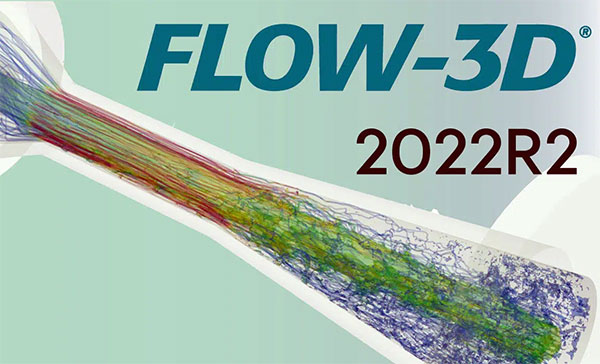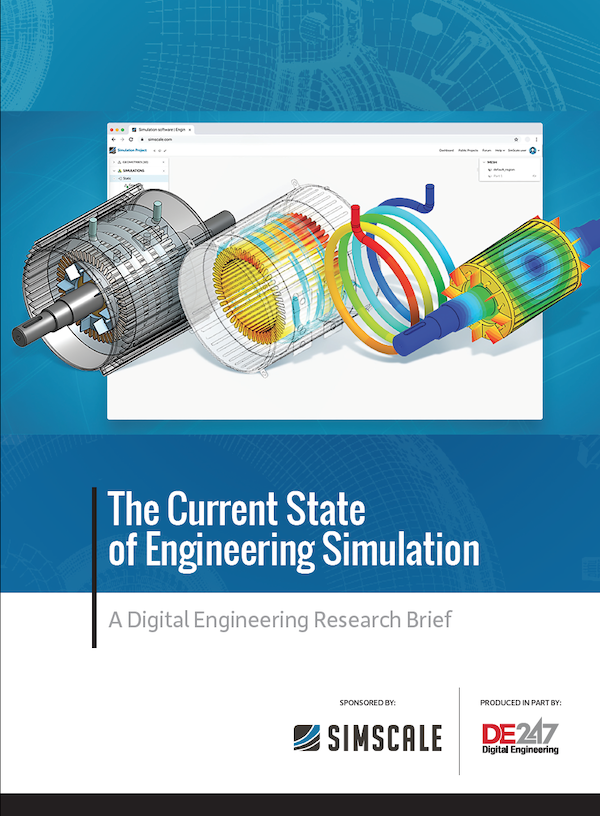Flow Science Launches Flow-3D 2022R2
Flow Science has unified the workstation and HPC versions of FLOW-3D to deliver a single solver engine capable of using any type of hardware architecture.

The company migrated its FLOW-3D products to a single, unified solver to run seamlessly on local workstations or on HPC hardware environments, Flow Science reports.
Latest News
September 29, 2022
With the release of the FLOW-3D 2022R2 product family, Flow Science has unified the workstation and high-performance computing (HPC) versions of FLOW-3D to deliver a single solver engine capable of using any type of hardware architecture, from single-node CPU configurations to multi-node parallel HPC executions. Additional developments include a new log conformation tensor method for viscoelastic flows, continued solver speed performance improvements, advanced cooling channel and phantom component controls and improved entrained air functionalities.
Unified solver
The company migrated its FLOW-3D products to a single, unified solver to run seamlessly on local workstations or on HPC hardware environments, Flow Science reports.
Many users run their models on laptops or local workstations, but in addition run larger models on high performance computing clusters. With the 2022R2 release, the unified solver allows users to exploit the same benefits of OpenMP/MPI hybrid parallelization from HPC solutions to run on workstations and laptops.
Solver Performance Improvements
Multi-Socket Workstations
With the new unified solver, users using this type of hardware will generally see performance gains from being able to run models that incorporate OpenMP/MPI hybrid parallelization that used to be only available on HPC cluster configurations.
Refined Volumetric Convective Stability Limit
Time-step stability limit is a major driver in model runtime, with 2022R2, a new time step stability limit, 3D convective stability limit, is available in the numerics widget. For models that are running and convection limited (cx, cy, or cz limits) the new option has shown typical speed-ups of about 30%.
Pressure Solver Preconditioner
When a model iterates too heavily, FLOW-3D automatically activates a new pre-conditioner to help with pressure convergence.
Log Conformation Tensor Method
A new solver option for viscoelastic fluids is available to our users, and is effective for high Weissemberg numbers, the company says.
Register for the FLOW-3D 2022R2 What’s New Webinar on October 6 at 1 p.m. ET.
Sources: Press materials received from the company and additional information gleaned from the company’s website.
More Flow Science Coverage
Subscribe to our FREE magazine, FREE email newsletters or both!
Latest News
About the Author
DE’s editors contribute news and new product announcements to Digital Engineering.
Press releases may be sent to them via [email protected].





